
The invention of technology brought many changes across the globe. Internet is one of those many technological changes. Moreover, in the age of the internet and digital India, we can observe a lot of data being generated and consumed. So it increases the huge amount of internet traffic exponentially across the globe. So it is very important for the online platform to manage the traffic and serves their customer in a better way. And Amazon serves its customers better through AWS Route 53 to manage the domains.
What is Route 53?
Route 53 is a web service, that is highly available and scalable Domain Name systems (DNS).
Technically speaking, it developers and organizations to route end users to their web applications in a very reliable and cost-effective manner. It is a Domain Name System (DNS) that translates the domain names into IP addresses to direct traffic to the website. For example, it converts the world wide web addresses like www. testsite.com to IP addresses like 10.36.25.86. And usually, domain queries were automatically routed to the nearest DNS server to provide the possible quick response. For instance, if you use the web hosting companies like Godaddy it takes 30 minutes to 24 hrs to remap the domain to a different IP. But on the other hand, AWS Route 53 does the same in a few minutes.
Moreover, It provides a reliable way to redirect the traffic to the applications. Route 53 achieve this by establishing better computer connections to translate the domain names into IP addresses. Besides, with Route 53, it is possible to connect queries to entities like Elastic Load Balancers. And the developers can map the domain names to the S3 buckets (or) other resources. Moreover, Route 53 business can monitor and route the global service with ease.
Basically Route 53 is used for three purposes:
- DNS registration
- Route internet traffic
- Health status check
Routing types:
Amazon Route53 makes use of different routing policies, to route the traffic globally. The policies were listed below:
Simple policy routing:
It is the most simple and common DNS policy. This policy uses a single resource that performs the given function for your domain. This policy can accommodate a single FQDN ( Full qualified domain name )(or) the IP Address. For instance, in 'A records, you need to enter the IP address as a value. And for load balancers, you use CNAME types.
Multivalue Answer Routing:
It is just like a simple routing policy but can return multiple IP addresses associated with an FQDN. Besides, there is more than one resource record for the same FQDN, that points to different IP addresses, load balancer etc. DNS queries return the result in random order. It means when you query next time, the IP addresses, the IP addresses correspond to FQDN is in a different order (or) place.
Weighted Routing:
The routing result is based on the weight of the DNS records. This routing type is responsible for distributing the number of sessions equally (or) unequally among the servers. I would like to elaborate on this type with the following scenario
Let us consider a scenario, where there are two websites with the same name in two different AWS regions. So in this case, the simple routing policy is not enough since it allows one value against an FQDN (or) hostname. So you will be creating two DNS records with same FQDN, but each points to different IP addresses (or) CNAME. Moreover, if you select the weighted routing policy, add weight as "1" for both the records. So the first query returns the first IP addresses and the second query returns the second IP address and so on. And likewise, it distributes the sessions among the servers equally.
Latency:
Latency is defined as a delay between the cloud request and cloud service provider response to the client
usually, latency defines the IP addresses to the client that has the lowe latency when compared with identical peer hosted in different AWS region. For example, you have configured two identical websites one in Mumbai and the other in Singapore region. And the intention is the users close to India have to access the website hosted in Mumbai region and the users close to Singapore to the Singapore website. So once you configured Route 53, it intelligently returns the IP address with lower latency to the client.
Geolocation:
This routing policy allows access to the users on the basis of the geographical location of the user (or) client. Here in this type, you may have multiple records with the same FQDN. Based on the geographical location, IP value of each record is different. Besides, it allows you to specify the geographical locations by continent, country, state.
Failover routing policy:
It is used when we want to configure active-passive failover. It means it routes the traffic to the resource if it is healthy and diverts the traffic to another resource if the first one is unhealthy. Moreover, it is used, if you have the primary site and the disaster recovery site. Basically, route53 has two records one for primary and the other for secondary. You need to create the health check in Route53 and associate with primary record.
Also, check our blog on How to meet the customer expectationsso we will configure amazon Route 53 practically
AWS Route 53 Configuration:
So in order to configure route 53, we people require the Domain name. you can get the domain name from any of the domain providers like Godaddy / Hostgator/ freenorm. As the name suggests freenorm is the best website to register any domain. So register any website through freenorm.
Step - 1 :
So login to freenorm and search for any website
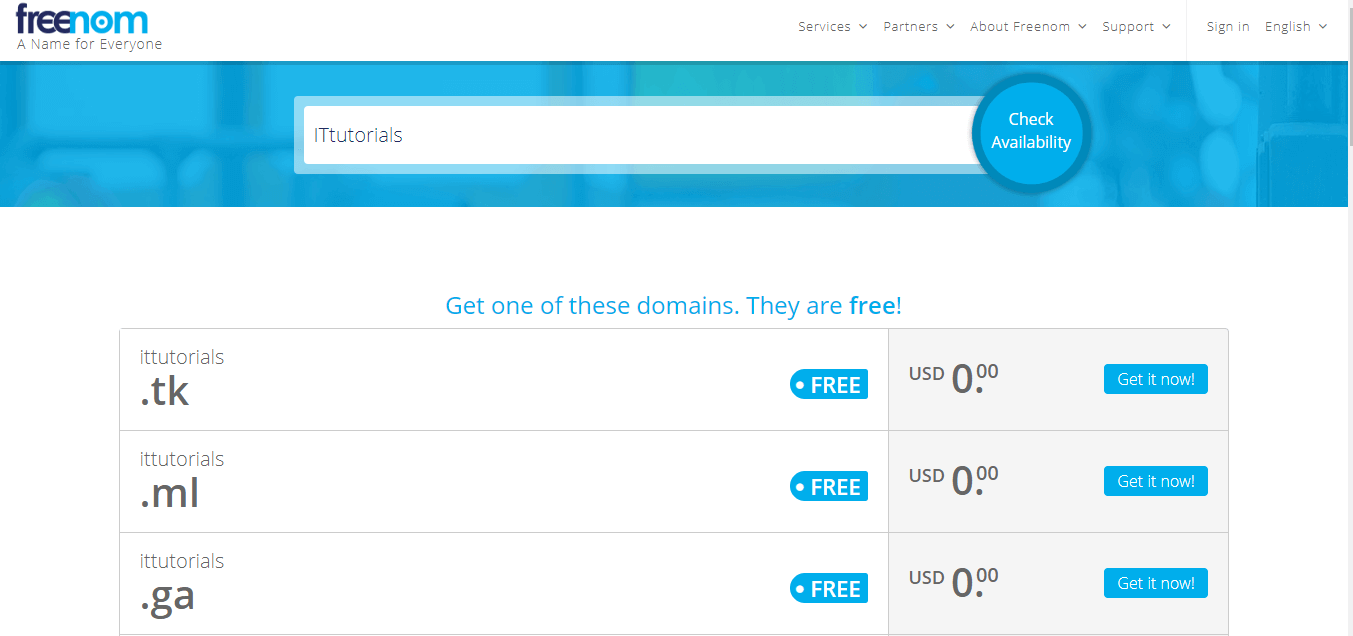
step - 2:
Select any website that you require

step - 3:
Scroll down and click on Check out

step - 4:
select the domain that you require and click on Continue

step - 5:
Login and verify your email
step - 6:
Login to your freenorm account and navigate to services and my Domains. Then you can observe the screen as follows:

step - 7:
Login to AWS account and search for Route 53. Then you can see the screen as shown below
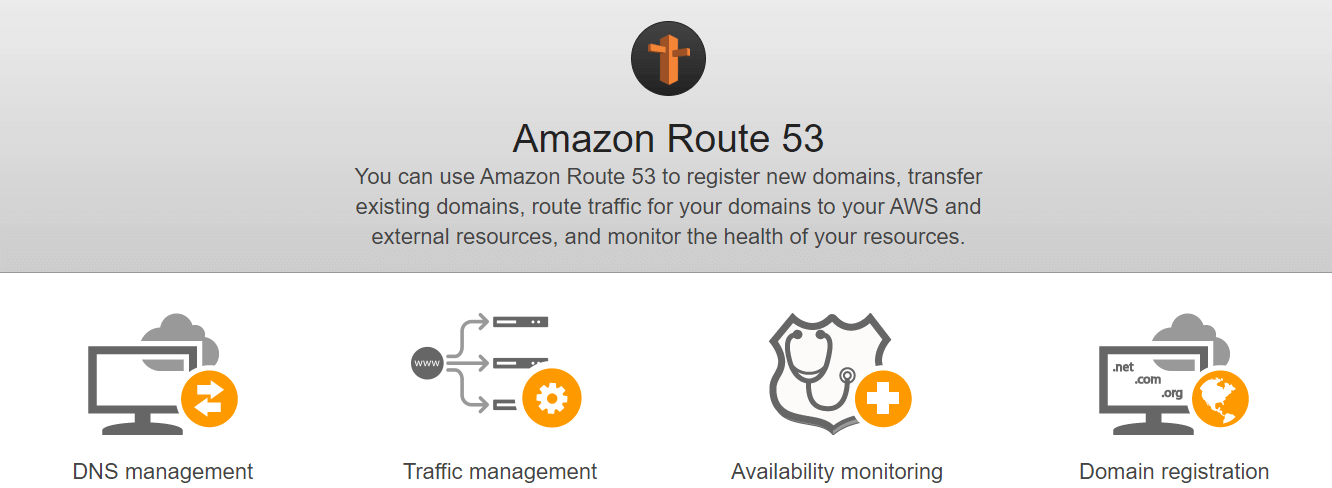
step - 8:
Click on DNS management
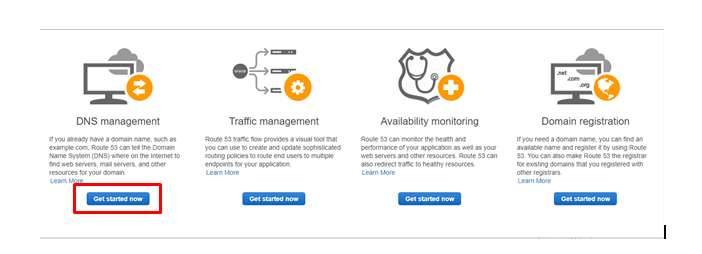
step - 9:
Click on Create Hosted Zone.

step - 10:
Click on Create Hosted Zone

step - 11:
Fill the details as shown below and click on create

step - 12:
Click on Create recordset
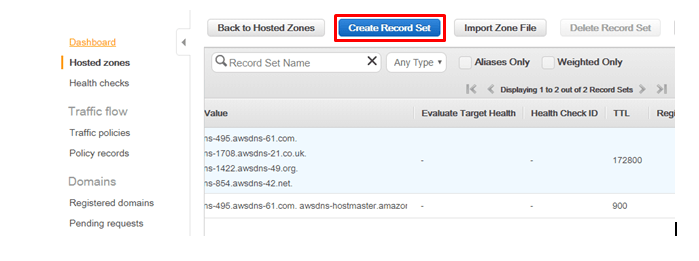
step - 12b:
Fill the details as shown below and click on create

step - 13:
NAvigate to freenom and Click on Manage domains

step - 14:
Navigate to Management tools and click on Nameservers
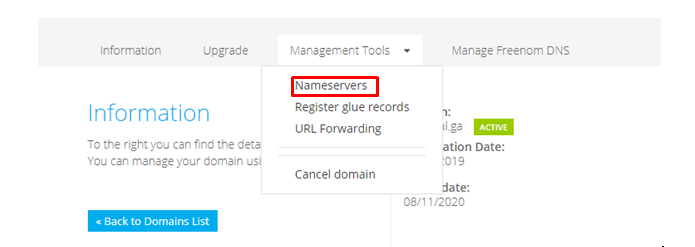
step - 15:
Click on use Custom Servers

step - 16:
Select the domain that you created. and copy the name servers and then paste the nameservers in freenom and then click on Change Name servers

So like this, we have successfully configured the website in AWS Cloud. And open the copy the website link from freenom and paste it in a browser. And if you open the website successfully, you are INN. (Website activation will usually take some time up to 24 hrs)
Benefits:
Highly available and reliable:
Amazon S3 is built using highly available and reliable infrastructure. The distributed nature of DNS nature helps to ensure a consistent ability to route your end users to your applications
Flexible:
Route S3 traffic flow route the traffic on the basis of multiple criteria such as endpoint health, geographic location and latency. S3 allows you to configure multiple traffic policies and decide which policies should be active at a given time. Moreover, you can create and edit traffic policies using the simple visual editor in Route S3 console, AWS SDK (or) Route S3 API.
Designed for use with other S3 services:
Route 53 is designed to work with other AWS services and offerings. And you can use Route 53 to manage your Ec2 instance, buckets, Cloud distributions and other AWS resources. Moreover, the combination of IAM with Route 53 also gain control where you can update your DNS data.
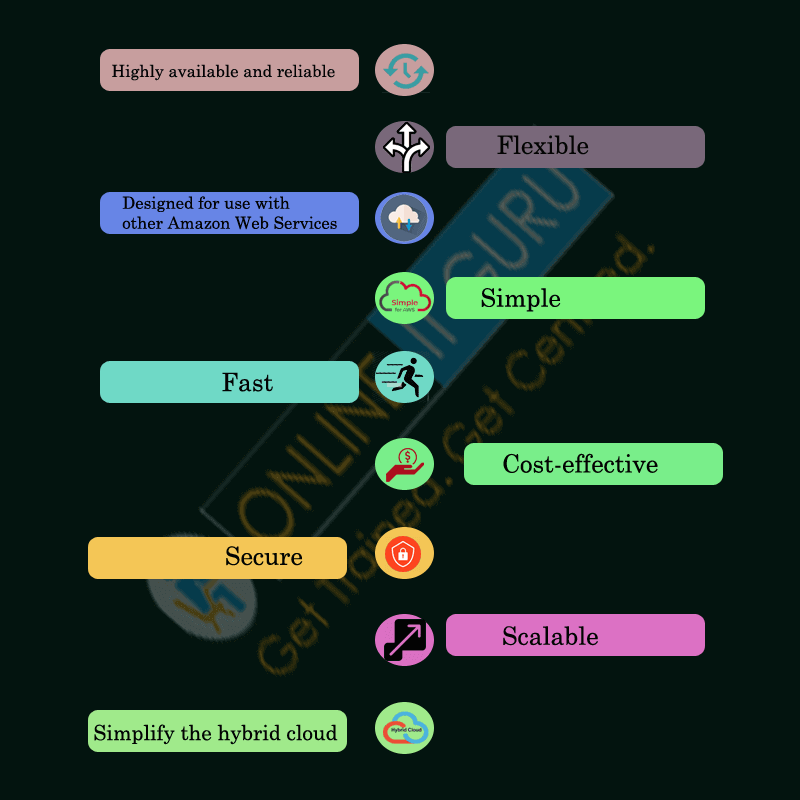
simple:
With Self service up, Amazon Route53 is responsible to answer the DNS queries within minutes. And with easy to use the AWS Management Console, you can easily configure DNS settings. Moreover, you can also programmatically integrate the amazon Route53 API into your application. For example, you can use AWS Route 53 API to create the new DNS record whenever you create a new EC2 instance.
Fast:
With Global anycast network of DNS servers across the globe, Amazon Route 53 is designed to automatically your user to optimal location depending upon the network conditions. So this service offers low query latency for the end-users as well as the low update latency for your DNS management needs. In order to improve the customer experience, Amazon lets you run your application in multiple locations across the globe and uses the traffic polices to ensure that your end-users were routed to closest health point.
cost-effective:
When compared with other web service pricing models amazon offers Route 53 service at a nominal cost. And you can only pay for the resources that your use such as number of queries that the web services answers to each of your domains, hosted zones for managing the domains through the service
Secure:
Security is the major reason where everyone prefers to use this service. Integration of Route 53 with AWS IAM grants you the unique credentials and manage permissions for every user in the AWS account.
Scalable:
Without any involvement of the customer, Route53 is automatically scaled to handle large volumes without any user intervention
Simplify the Hybrid cloud:
For amazon VPC, this Route 53 resolver provides the recursive DNS and also on-premises network over the AWS managed VPN.
Get more detailed explanations on these features at AWS Online Training